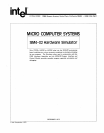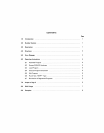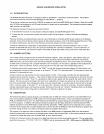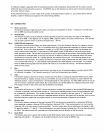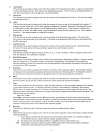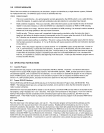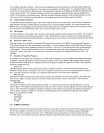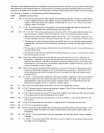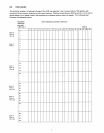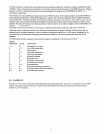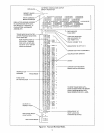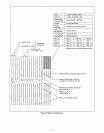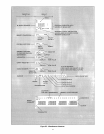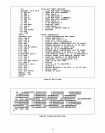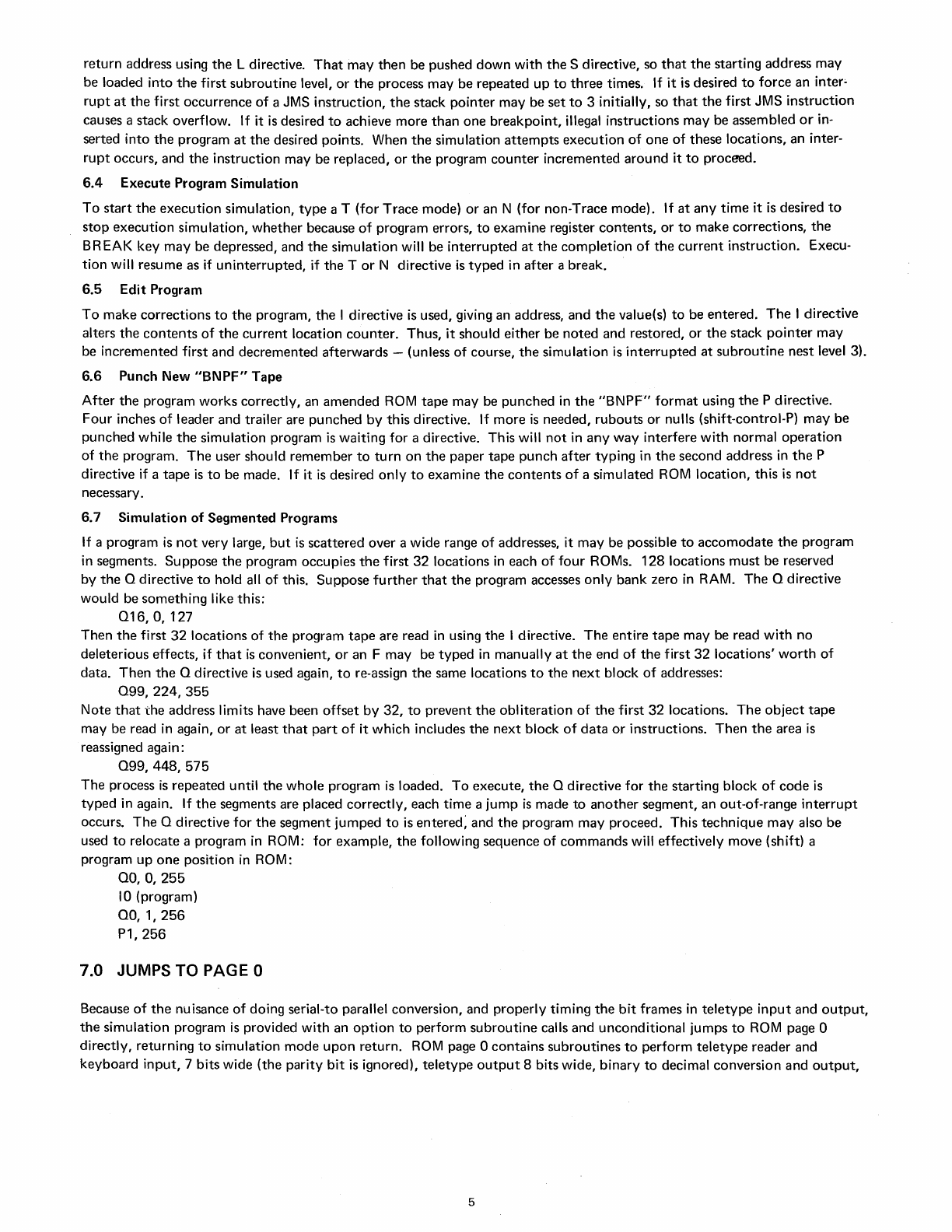
return address using
the
L directive.
That
may then be pushed down with
the
S directive, so
that
the
starting address may
be
loaded into
the
first subroutine level, or
the
process may be repeated up
to
three times.
If
it
is
desired
to
force an
inter~
rupt
at
the
first occurrence of a JMS instruction,
the
stack pointer may be set
to
3 initially, so
that
the
first JMS instruction
causes a stack overflow.
If
it
is
desired
to
achieve more
than
one breakpoint, illegal instructions may be assembled
or
in-
serted into
the
program
at
the
desired points. When
the
simulation
attempts
execution of one of these locations, an inter-
rupt
occurs, and
the
instruction may be replaced, or
the
program
counter
incremented around it
to
proceed.
6.4
Execute Program Simulation
To
start
the
execution simulation,
type
a T (for Trace mode) or an N (for non-Trace mode). If
at
any time it
is
desired
to
stop
execution simulation, whether because
of
program errors,
to
examine register contents, or
to
make corrections,
the
BREAK key may be depressed, and
the
simulation will be interrupted
at
the
completion
of
the
current
instruction. Execu-
tion
will resume as
if
uninterrupted,
if
the
T
or
N directive
is
typed
in
after a break.
6.5 Edit Program
To
make corrections
to
the
program,
the
I directive
is
used, giving an address, and
the
value(s)
to
be entered.
The
I directive
alters
the
contents
of
the
current location
counter.
Thus, it should either be noted and restored, or
the
stack
pointer
may
be incremented first and decremented afterwards - (unless of course,
the
simulation
is
interrupted
at
subroutine
nest level 3).
6.6
Punch New
"BNPF"
Tape
After
the
program works correctly, an amended
ROM
tape
may be punched
in
the
"BNPF"
format
using
the
P directive.
Four inches of leader and trailer are punched by this directive.
If
more
is
needed, rubouts
or
nulls (shift-control-P) may be
punched while
the
simulation program
is
waiting for a directive. This will
not
in
any
way
interfere with normal operation
of
the
program.
The
user should remember
to
turn
on
the
paper tape punch after typing
in
the
second address
in
the
P
directive
if
a
tape
is
to
be made. If it
is
desired only
to
examine
the
contents
of
a simulated
ROM
location, this
is
not
necessary.
6.7 Simulation of Segmented Programs
If
a program
is
not
very large,
but
is
scattered over a wide range of addresses, it may be possible
to
accomodate
the
program
in
segments. Suppose
the
program occupies
the
first 32 locations
in
each of four ROMs. 128 locations
must
be reserved
by
the
0 directive
to
hold
all
of this. Suppose
further
that
the
program accesses only bank zero
in
RAM.
The 0 directive
would be something
like this:
016,0,127
Then
the
first 32 locations of
the
program
tape
are read
in
using
the
I directive.
The
entire
tape
may be read with no
deleterious effects, if
that
is
convenient,
or
an F may be
typed
in
manually
at
the
end of
the
first 32 locations'
worth
of
data.
Then
the
0 directive
is
used again,
to
re-assign
the
same locations
to
the
next
block of addresses:
099,224,355
Note
that
the
address limits have been offset by 32,
to
prevent
the
obliteration of
the
first 32 locations.
The
object
tape
may be read
in
again, or
at
least
that
part
of
it which includes the
next
block
of
data
or
instructions.
Then
the
area
is
reassigned again:
099,448,575
The process
is
repeated until
the
whole program
is
loaded.
To
execute,
the
0 directive for
the
starting block
of
code
is
typed
in
again.
If
the
segments are placed correctly, each time a
jump
is
made to
another
segment, an out-of-range
interrupt
occurs.
The
0 directive for
the
segment jumped
to
is
entered; and
the
program may proceed. This technique may also be
used
to
relocate a program
in
ROM:
for example,
the
following sequence of commands will effectively move (shift) a
program up
one
position
in
ROM:
00,0,255
10
(program)
00,1,256
P1,256
7.0 JUMPS TO PAGE 0
Because
of
the
nuisance of doing serial-to parallel conversion, and properly timing
the
bit
frames
in
teletype
input
and
output,
the
simulation program
is
provided with an
option
to
perform subroutine calls and unconditional jumps
to
ROM
page 0
directly, returning
to
simulation mode
upon
return.
ROM
page 0 contains subroutines
to
perform
teletype
reader and
keyboard input, 7 bits wide (the parity
bit
is
ignored), teletype
output
8 bits wide, binary
to
decimal conversion and
output,
5



